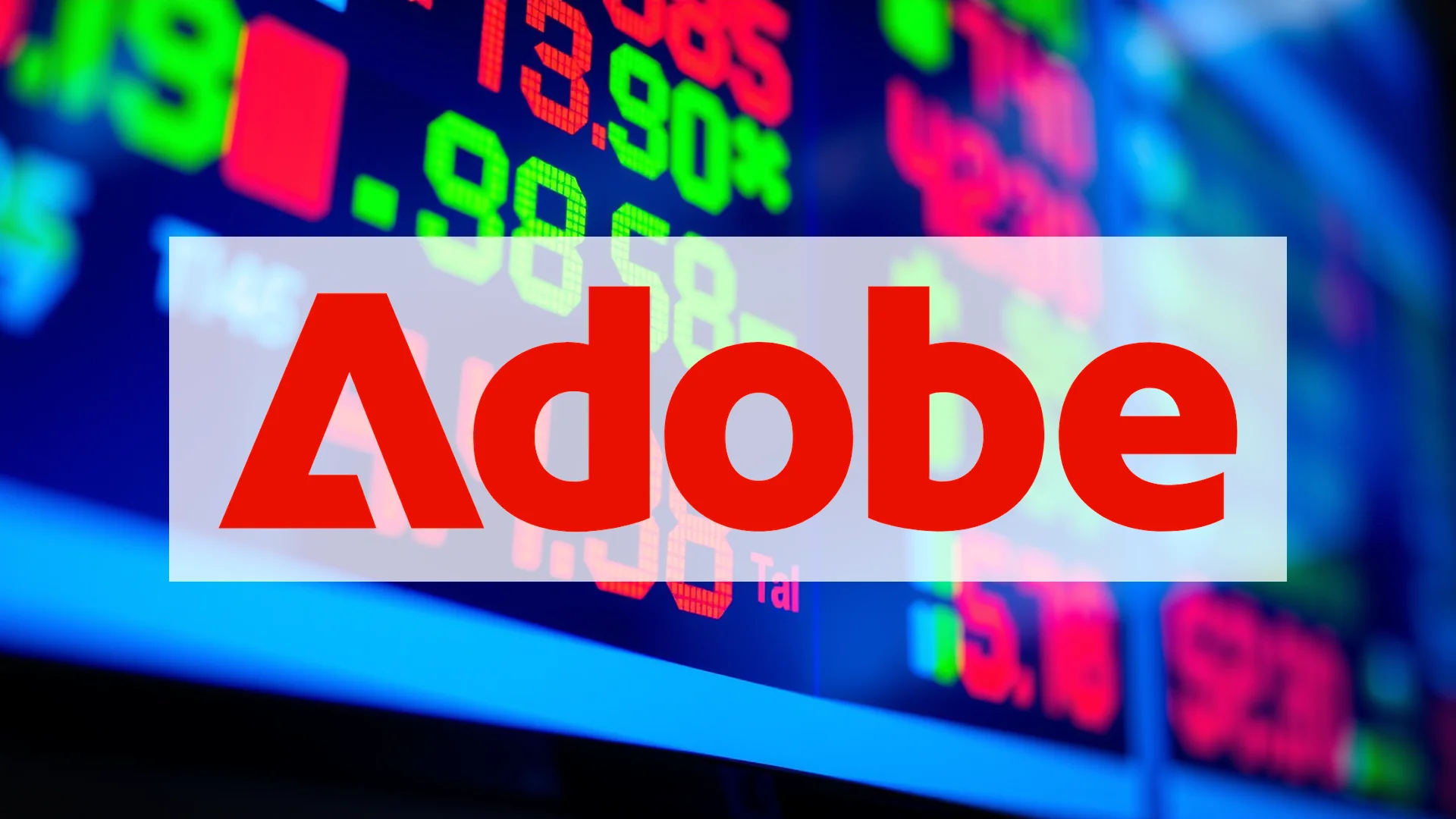Nike Inc. delivered a sobering financial update to investors with the release of its first-quarter fiscal 2026 results, revealing significant profitability challenges despite narrowly exceeding revenue projections. The athletic apparel giant’s latest earnings report has sparked concerns about whether the company faces temporary headwinds or more fundamental structural issues.
Profitability Metrics Signal Trouble
The core of Nike’s disappointing performance lies in its collapsing profit margins. The company’s gross margin contracted sharply by 3.2 percentage points to settle at 42.2%. Market analysts point to several contributing factors, including increased discounting to reduce inventory levels, unfavorable sales channel mix, and elevated tariff costs affecting the crucial North American market.
This margin pressure translated directly to the bottom line, with net income plummeting approximately 31% to about $700 million. Earnings per share followed this downward trend, declining 30% to $0.49, though this figure did manage to surpass market expectations.
Direct-to-Consumer Strategy Shows Cracks
A concerning divergence emerged between Nike’s wholesale and direct sales channels. While wholesale revenue demonstrated surprising strength with a 7% increase to $6.8 billion, the company’s direct-to-consumer operations experienced significant contraction.
Should investors sell immediately? Or is it worth buying Nike?
The NIKE Direct segment, encompassing company-owned retail stores and digital platforms, saw revenue decline by 4% to $4.5 billion. Particularly alarming was the performance of Nike’s digital commerce, where sales collapsed by 12% – indicating weakness in the very channel that typically offers higher margins and direct customer engagement.
Geographic Performance Reveals Mixed Picture
Regional performance varied considerably across Nike’s global operations. North America showed relative resilience with revenue growth of 4%, but the company continued to face substantial challenges in China, where sales declined by 9% in this critical growth market.
The company’s subsidiary brands also showed signs of strain. Converse, Nike’s heritage footwear label, experienced a dramatic 27% revenue drop, suggesting pressure extends beyond the core Nike brand to the company’s portfolio of owned brands.
The combined effect of these challenges has raised questions about Nike’s near-term recovery prospects and strategic direction, with investors closely monitoring whether management can implement effective countermeasures in coming quarters.
Ad
Nike Stock: Buy or Sell?! New Nike Analysis from November 25 delivers the answer:
The latest Nike figures speak for themselves: Urgent action needed for Nike investors. Is it worth buying or should you sell? Find out what to do now in the current free analysis from November 25.
Nike: Buy or sell? Read more here...









